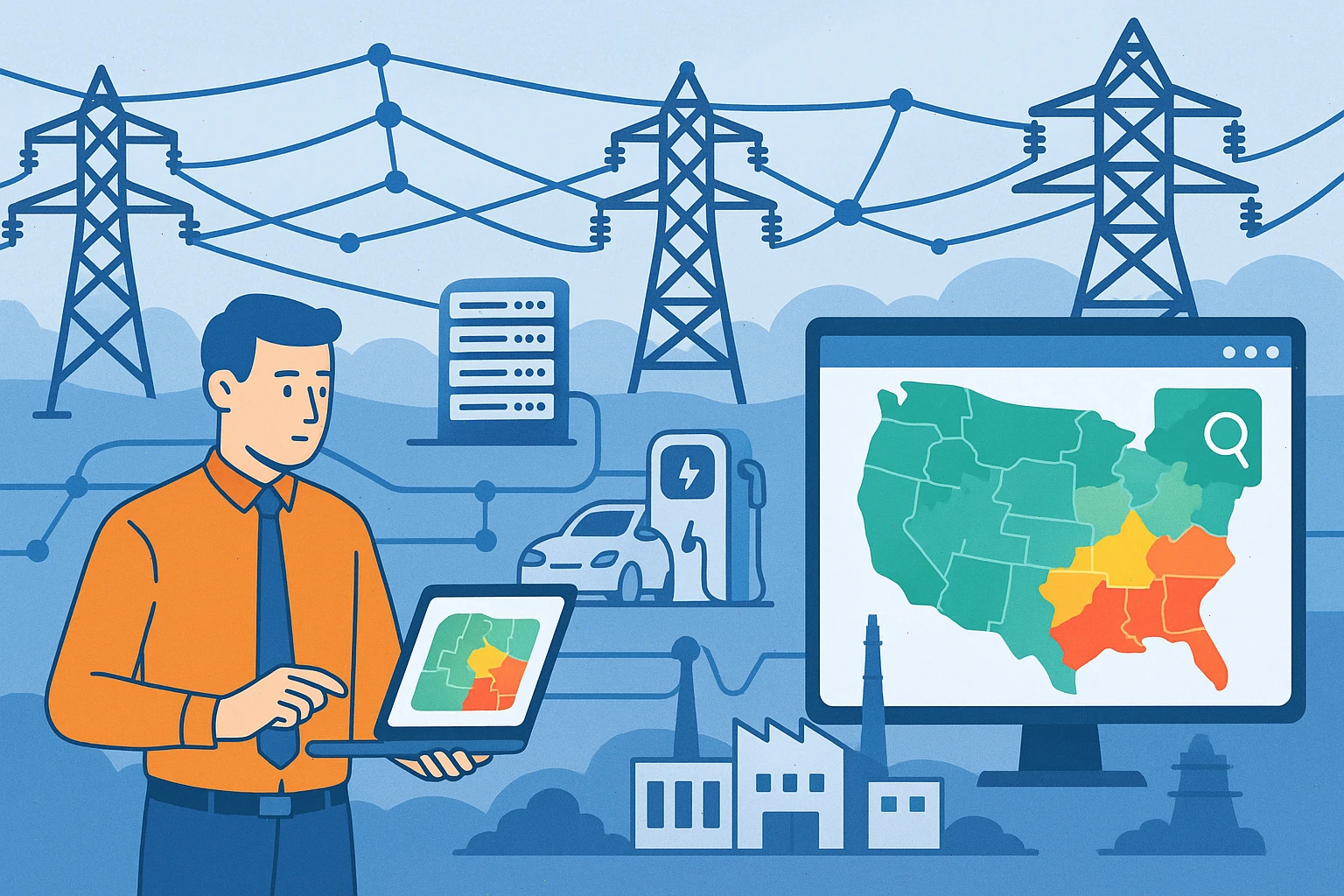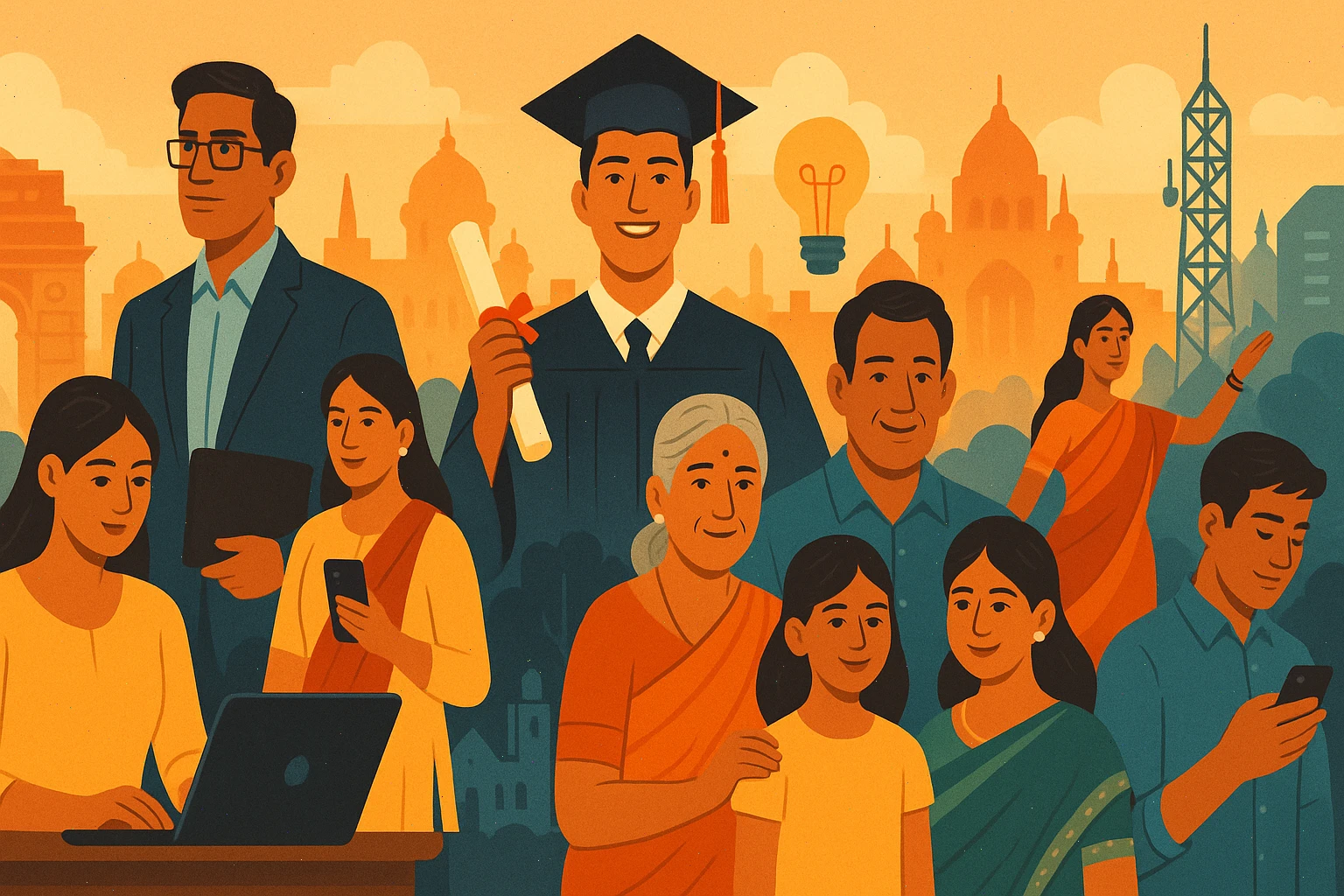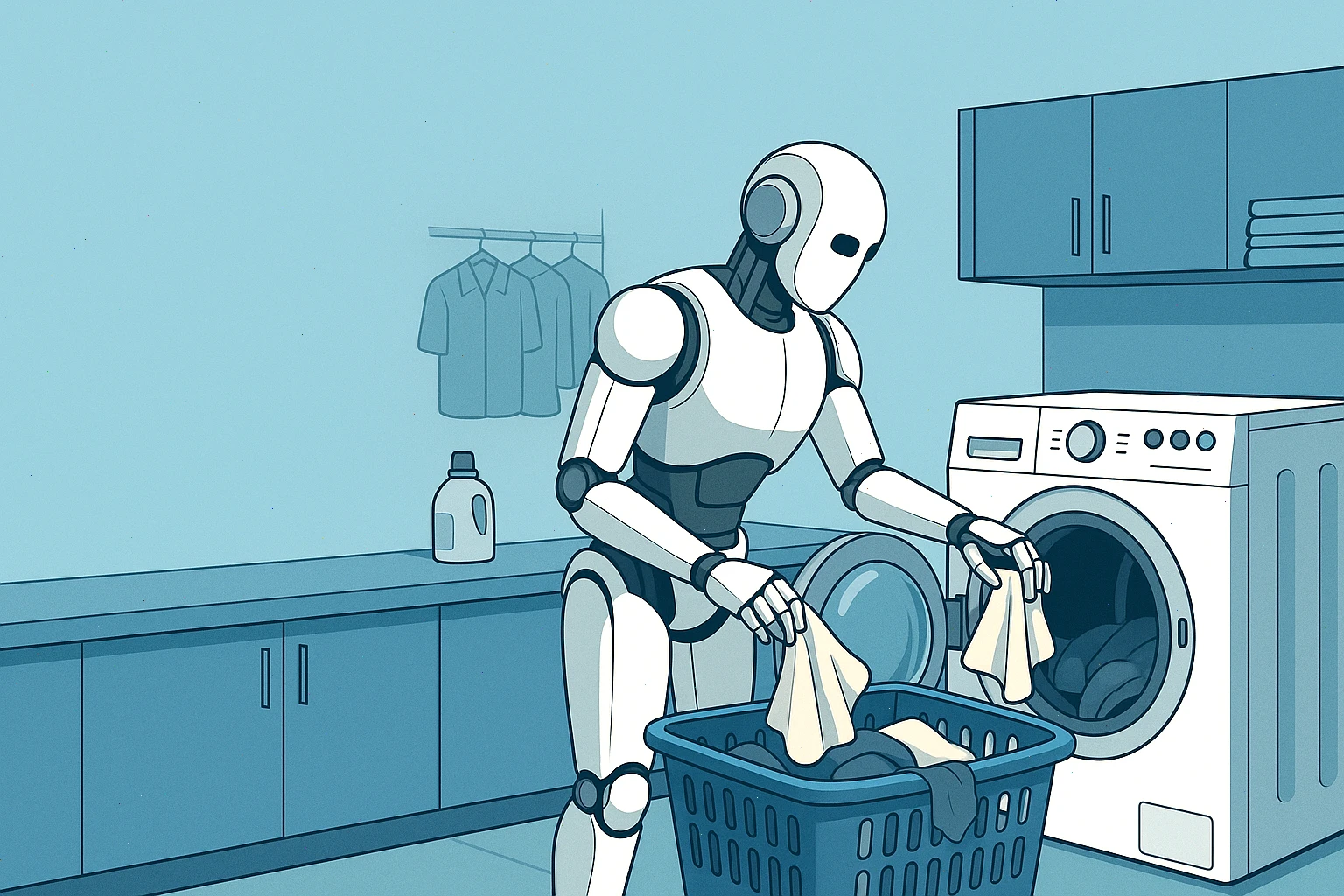
Painting a portrait of a British monarch is a coveted honor, with the tradition stretching back more than six centuries.
And while that custom looks set to continue, there’s a whiff of change in the air after a humanoid robot artist called Ai-Da created an impressive portrait of King Charles III.
Ai-Da created the artwork, called “Algorithm King,” by skillfully painting with oil colors using her robotic arm. King Charles didn’t sit for the portrait, with Ai-Da instead using photos of the monarch, as well as AI smarts, to produce the artwork.
The painting was unveiled this week as part of the AI For Good Summit hosted by the United Nations in Geneva, Switzerland.
Who — or What — Is Ai-Da?
The Ai-Da humanoid robot — created by gallery director Aidan Meller, the robotics company Engineered Arts, and academics from the University оf Oxford and the University оf Leeds — was first introduced іn 2019.
Besides painting, Ai-Da іs capable оf speech and can engage іn natural conversations. However, walking іs not part оf her current feature set, sо she must be physically positioned іn front оf a canvas before beginning her work.
A Statement on Art, AI, and Society
“It’s a privilege to be part of this remarkable event at the United Nations, surrounded by those shaping the future of technology and culture,” Ai-Da said in comments reported by Sky News.
“Presenting my portrait of His Majesty King Charles III is not just a creative act, it’s a statement about the evolving role of AI in our society, and to reflect on how artificial intelligence is shaping the cultural landscape.”
The intersection of art and AI is becoming increasingly controversial. Ai-Da’s latest work will no doubt add fuel to the ongoing conversation.
Who Owns AI-Generated Art?
While many artists are frustrated by tech companies using their work to train AI models, Ai-Da seems to occupy a gray area. She used publicly available photographs of King Charles to create her portrait — not a massive dataset scraped from across the web, like many AI giants such as OpenAI or Google employ.
Still, questions remain: Did the photographers consent to their images being used? Were they compensated? These issues highlight ongoing concerns about copyright, ethics, and authorship in the age of AI-generated content.
We’ve reached out to Ai-Da’s team and will update this article if we receive a response.
Blurring the Line Between Human and Machine
Ai-Da continues to challenge our understanding of creativity. As she blurs the line between human and machine artistry, her work forces us to reconsider what it means to create — and who, or what, can claim the title of “artist.”







